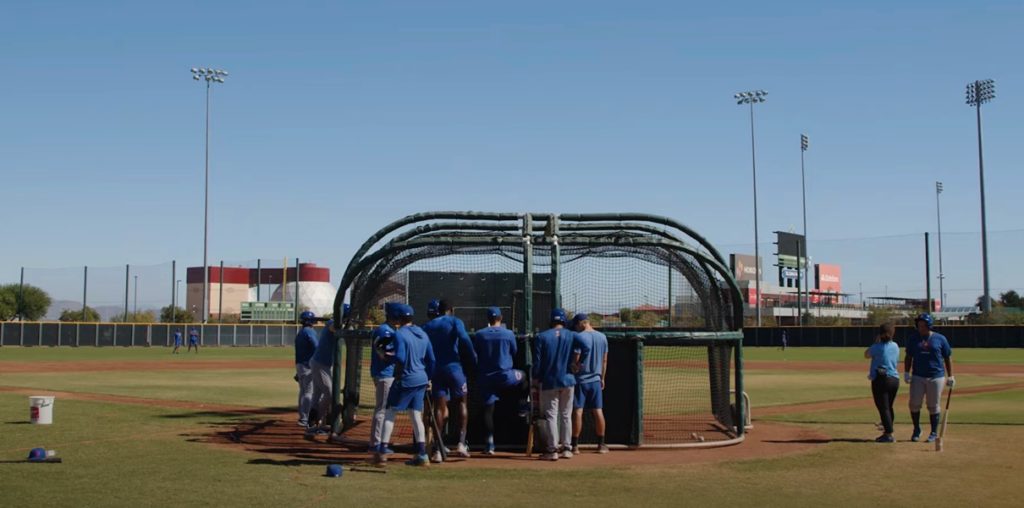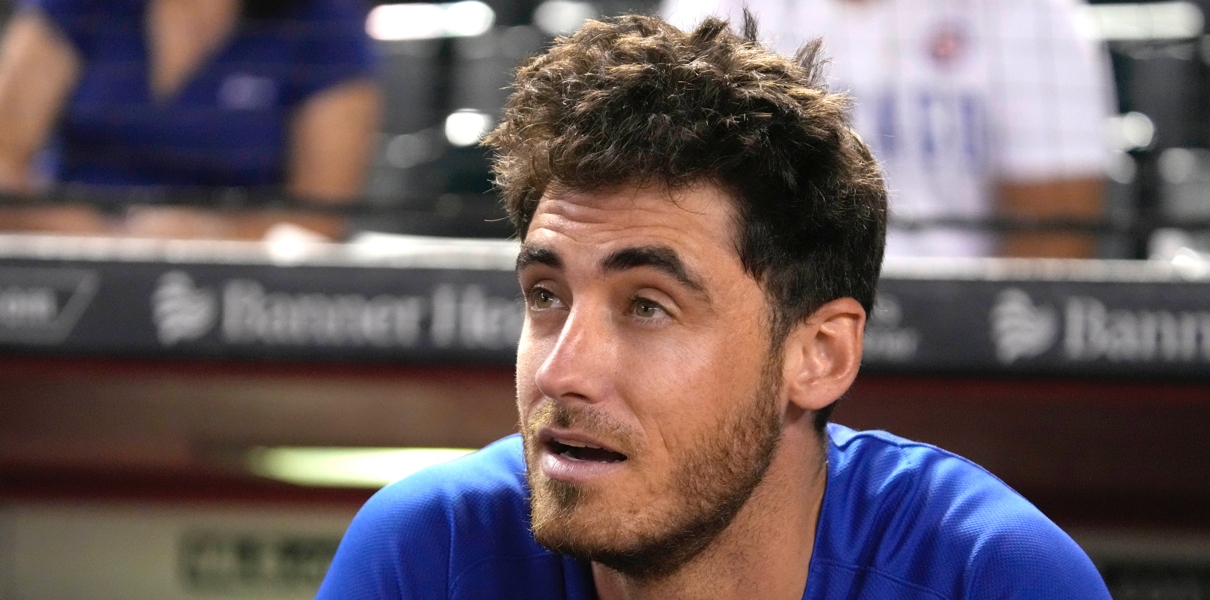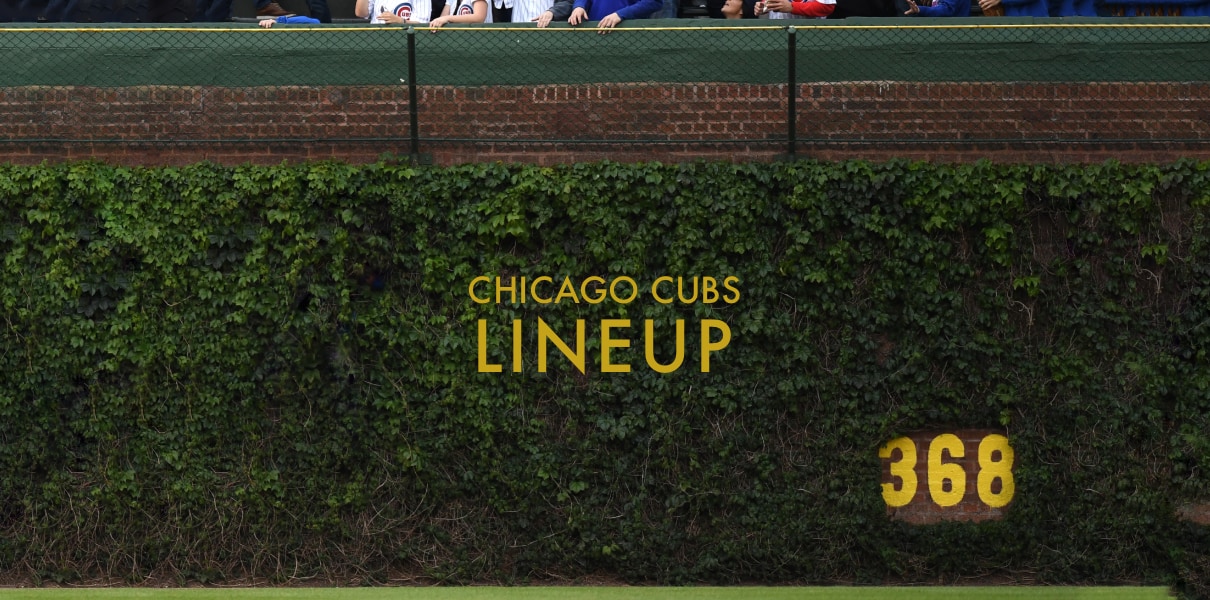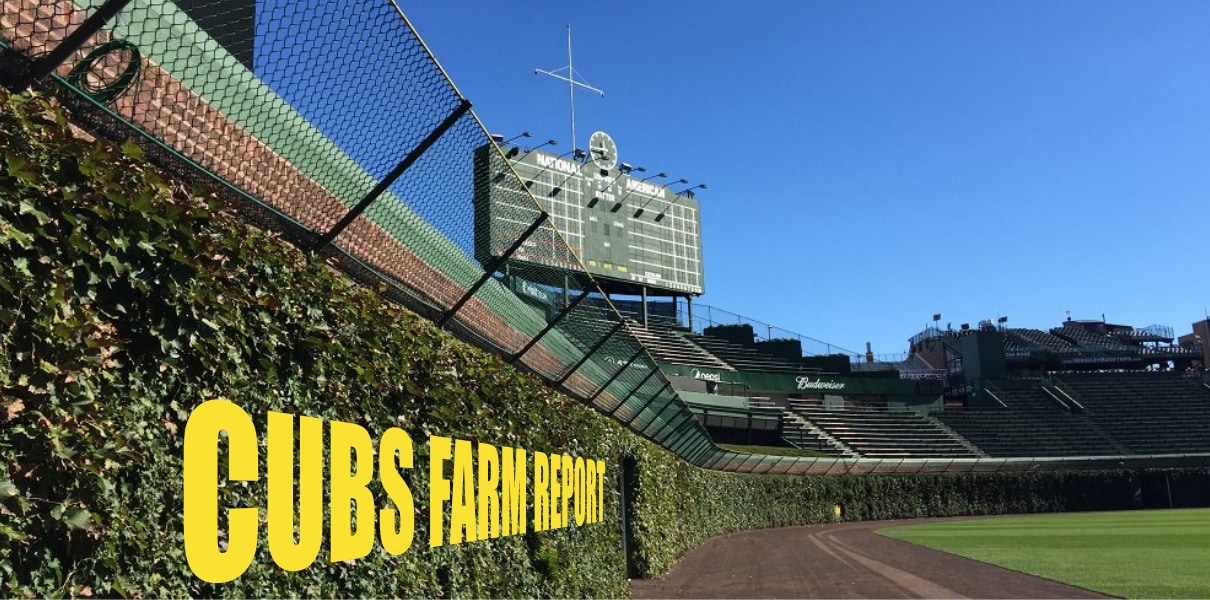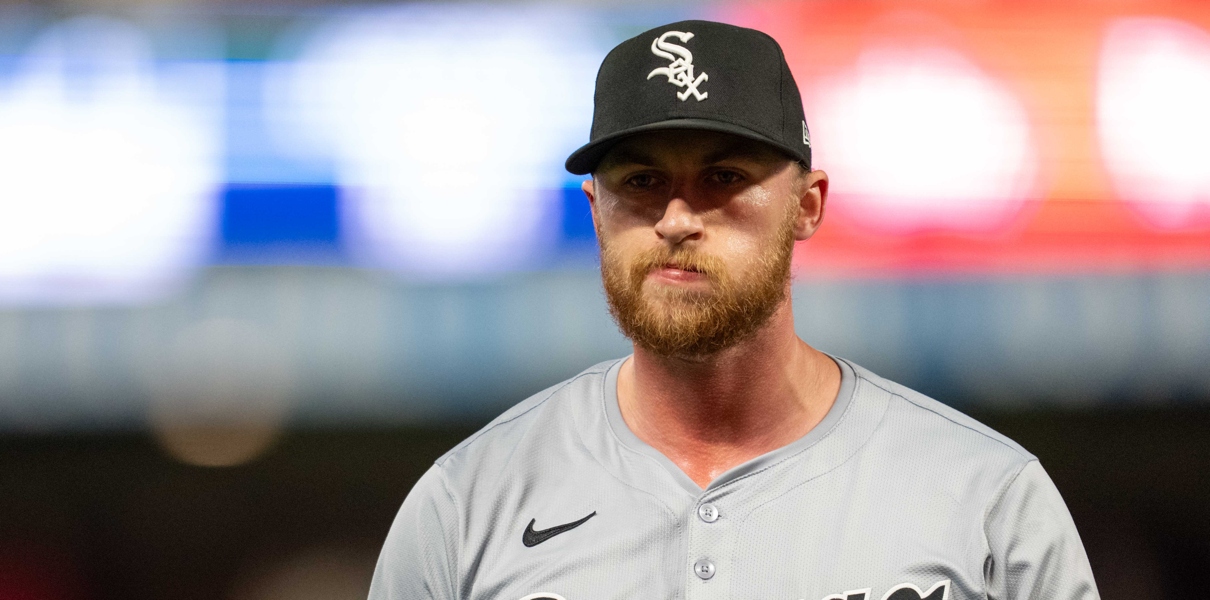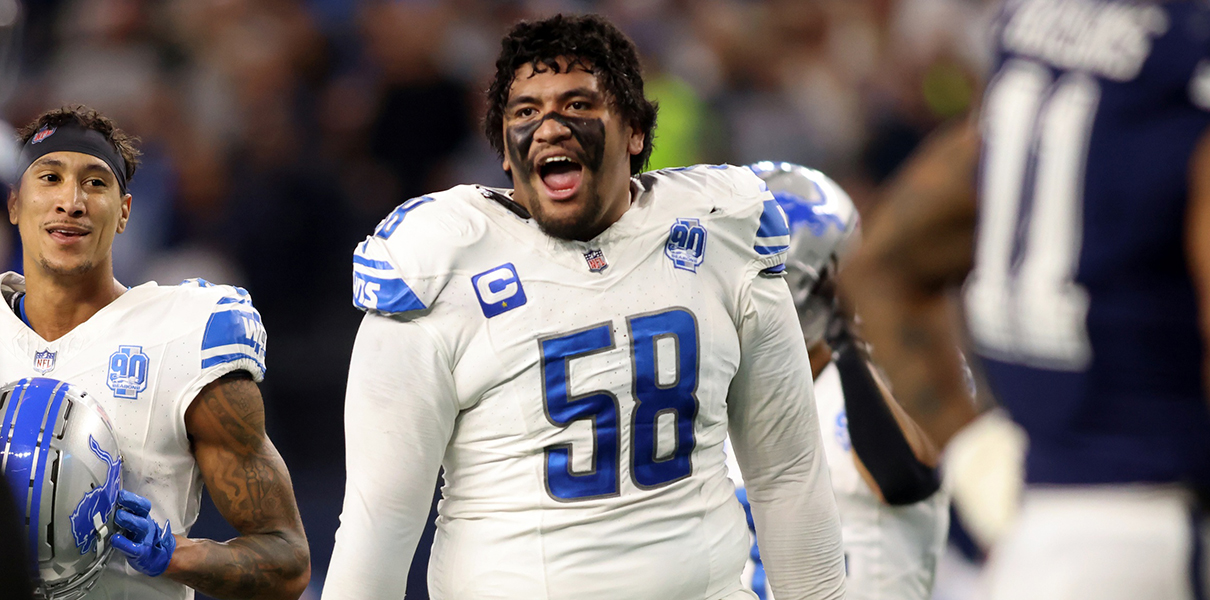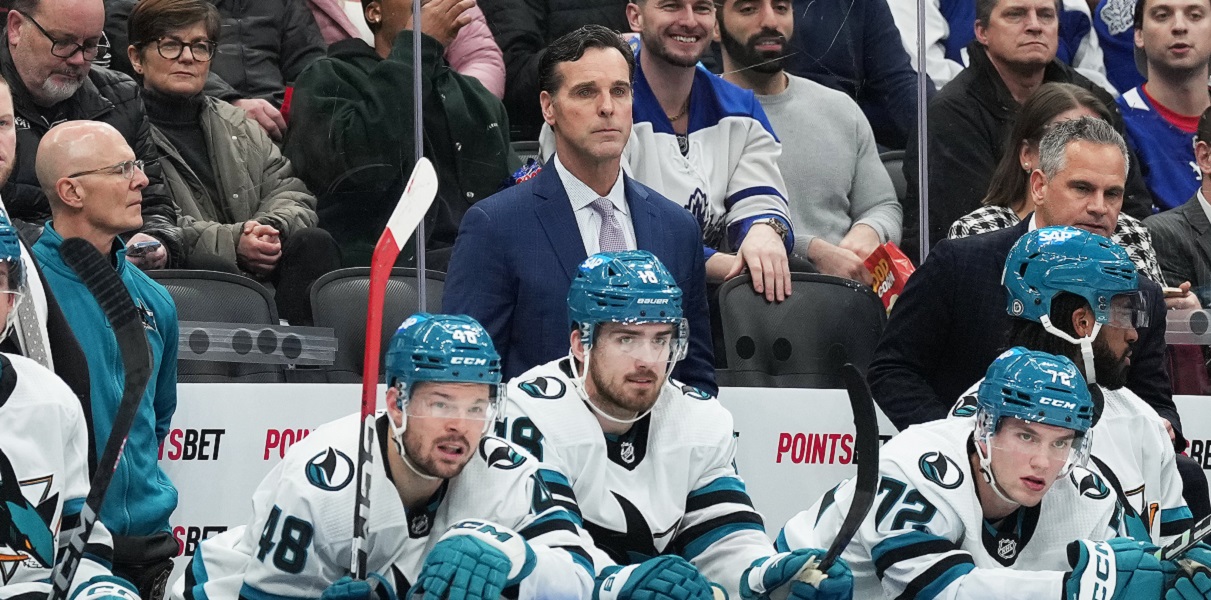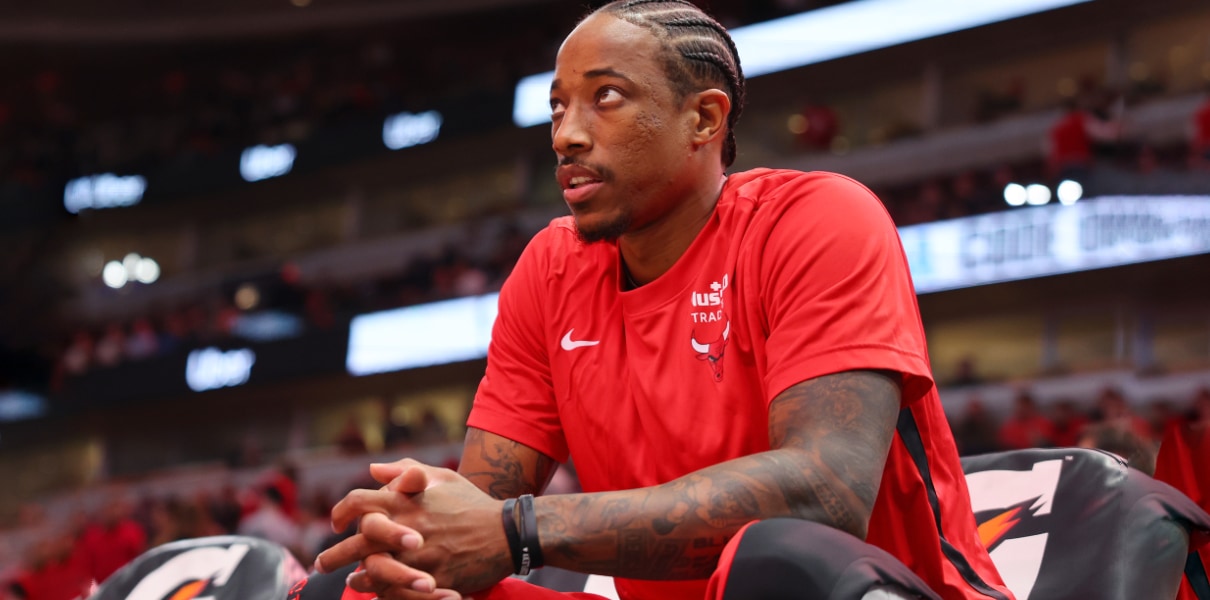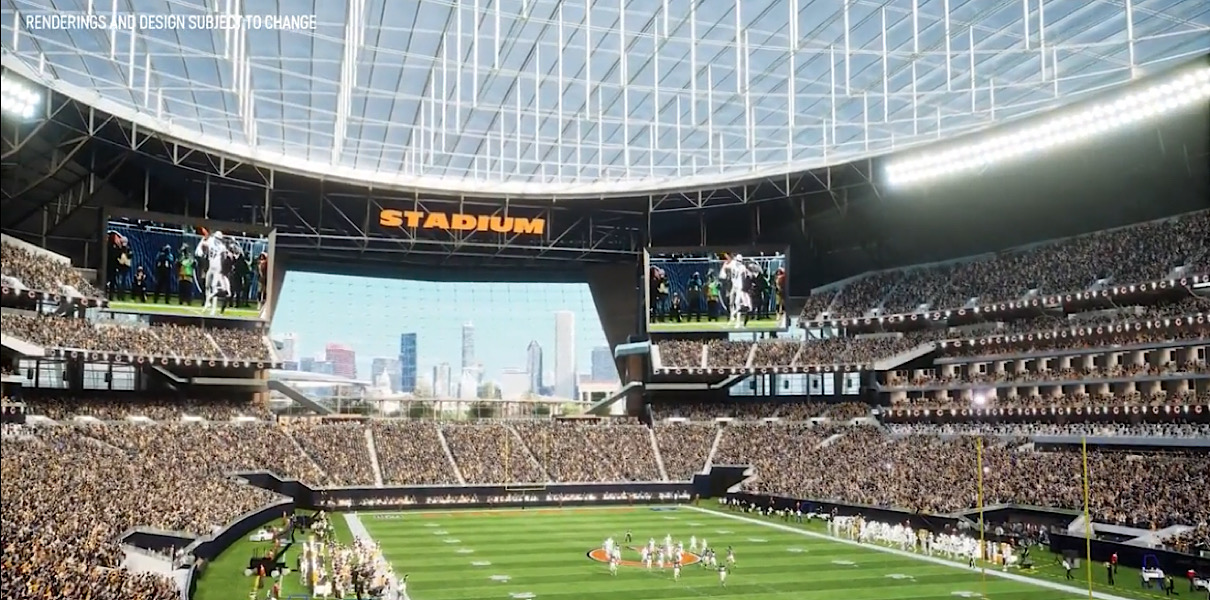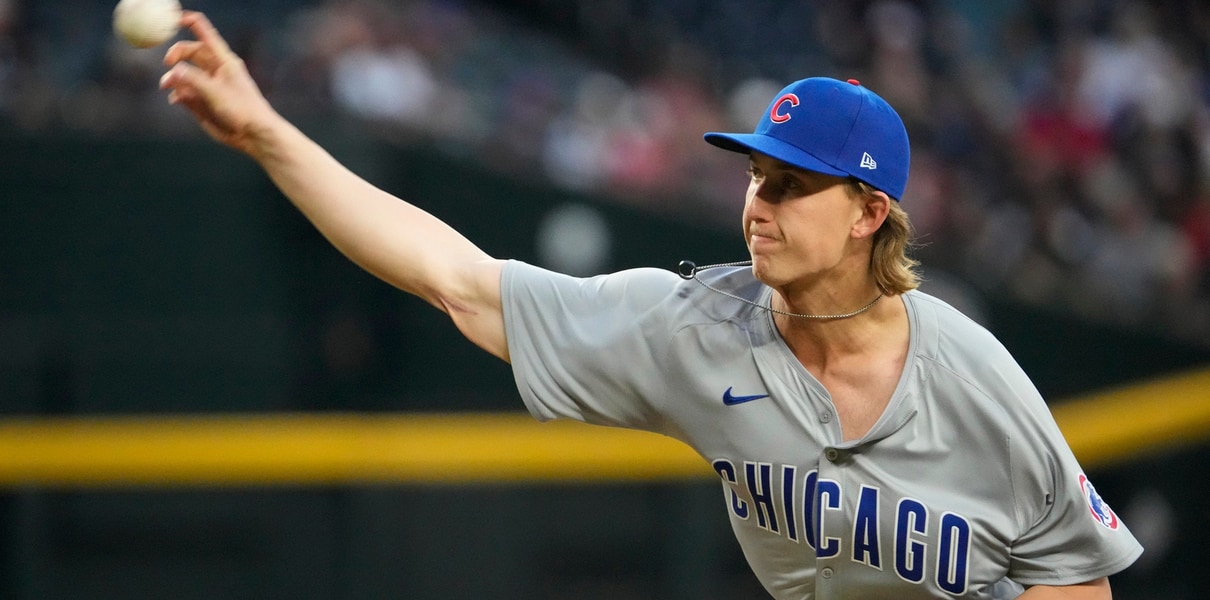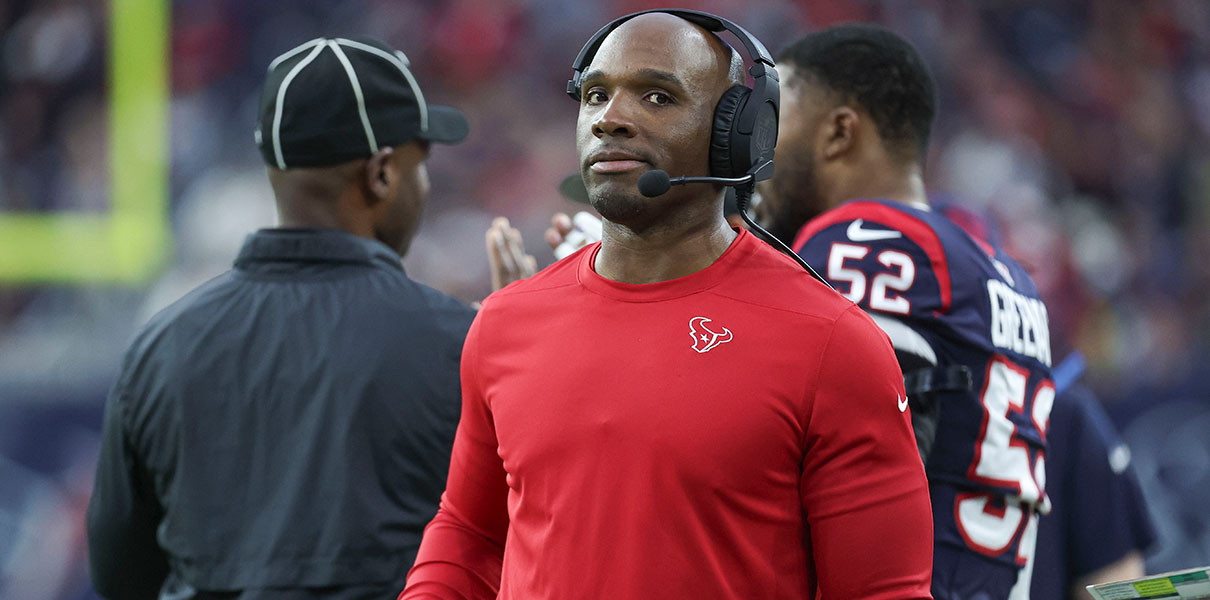Having been (mostly fully) through this cycle of top 100 prospect rankings in advance of the 2023 season, I think it’s become clear that the Chicago Cubs will not be regarded as having, say, a top five farm system in baseball. That upper-level, tip-top, impact-caliber prospect group just isn’t there for them yet, and those guys have a disproportionate impact on farm system rankings (because they have a disproportionate impact on the big league team).
But I also have thought that, because the Cubs are now being recognized almost across the board as having substantial quality prospect depth, they would probably be regarded as a better than average system. They have so many legitimate prospects – it has to be one of the five deepest systems in baseball – that their deficit in impact guys is at least somewhat defrayed. After all, guys who come up and contribute (like Christopher Morel and Jeremiah Estrada and Hayden Wesneski) still have a lot of value, even if they aren’t necessarily consensus “top 100 types.”
That is all prelude to saying that the Chicago Cubs’ ranking in Keith Law’s just-released farm system rankings sounds about as I expected: inside the top ten, but only just.
10. Chicago Cubs
To be honest, I thought they’d end up higher on the list, but perhaps I was a year early with those expectations, which were mostly built around the group of position players in A-ball and the Arizona Complex League this year, only one of whom, Kevin Alcantara, made my top 100. Most of the others are still interesting prospects with upside remaining but didn’t progress to the point where it would have pushed this system into the top 5. There’s less pitching here, although they bet big on upside with their first pick in 2022, Cade Horton.
I might disagree about the volume of pitching, but I won’t dispute the animating contention there: that the Cubs are still a year away from really flying up the farm system rankings. It *can* happen, but it’s going to require several more significant development wins, where guys who are in that 101-200 range – with the potential to be so much more – actually do take huge steps forward and become clear top 100, impact-caliber prospects. Quality depth will go a long way – into the top ten, in fact – but the Cubs are going to need more than that.
It’s not just about improving the rankings, by the way, which don’t actually count for anything. It’s about getting that big league impact.
Consider that the two systems immediately ahead of them in the rankings are the Cardinals and Brewers, each of whom do have big-time impact prospects on the way. A couple spots up from there are the Pirates, who have a system like the Cubs – tons of quality depth – but maybe also a little more impact. Yes, the Cubs should be spending more money at the big league level to stay on top of these clubs, but your farm system is still your primary method for improving and staying competitive long-term. So the Cubs are going to need to continue to do better and better, because these other NL Central clubs are in a very good place (the Reds, by the way, are 13th – other rankings are likely to have them much higher, for what it’s worth).
So, in sum: it’s really nice to see the Cubs’ efforts at building out the improved scouting and player development infrastructure being recognized. It’s cool to be in the top ten, and it’s deserved. But there’s more work to be done, and this year could and should represent another big step forward if the Cubs are right about the things they’ve put into place over the last few years.



